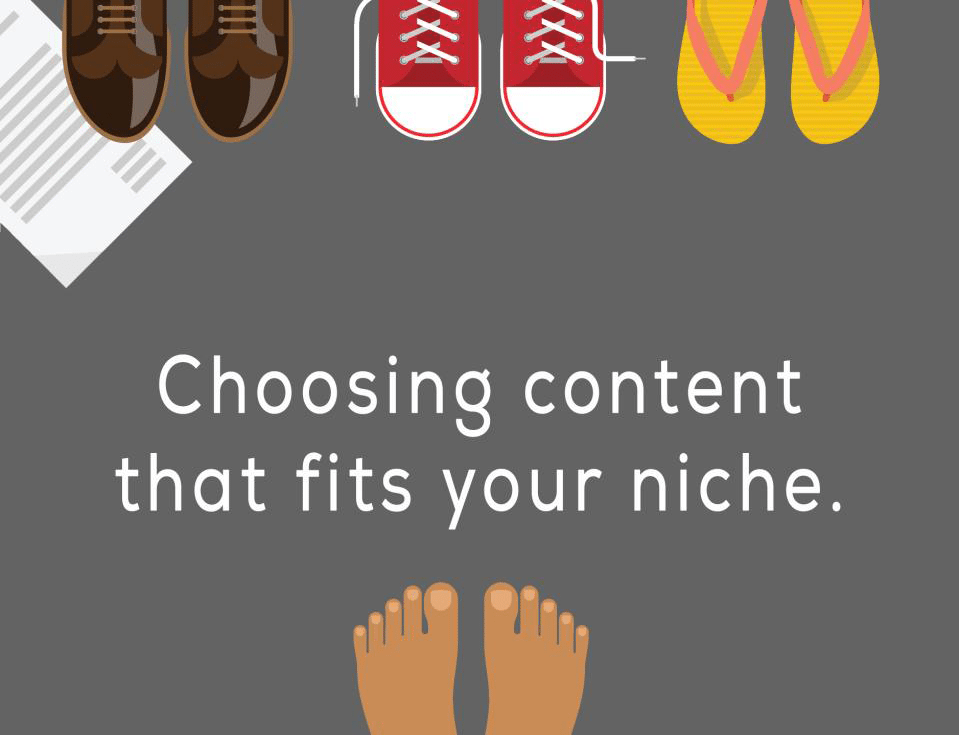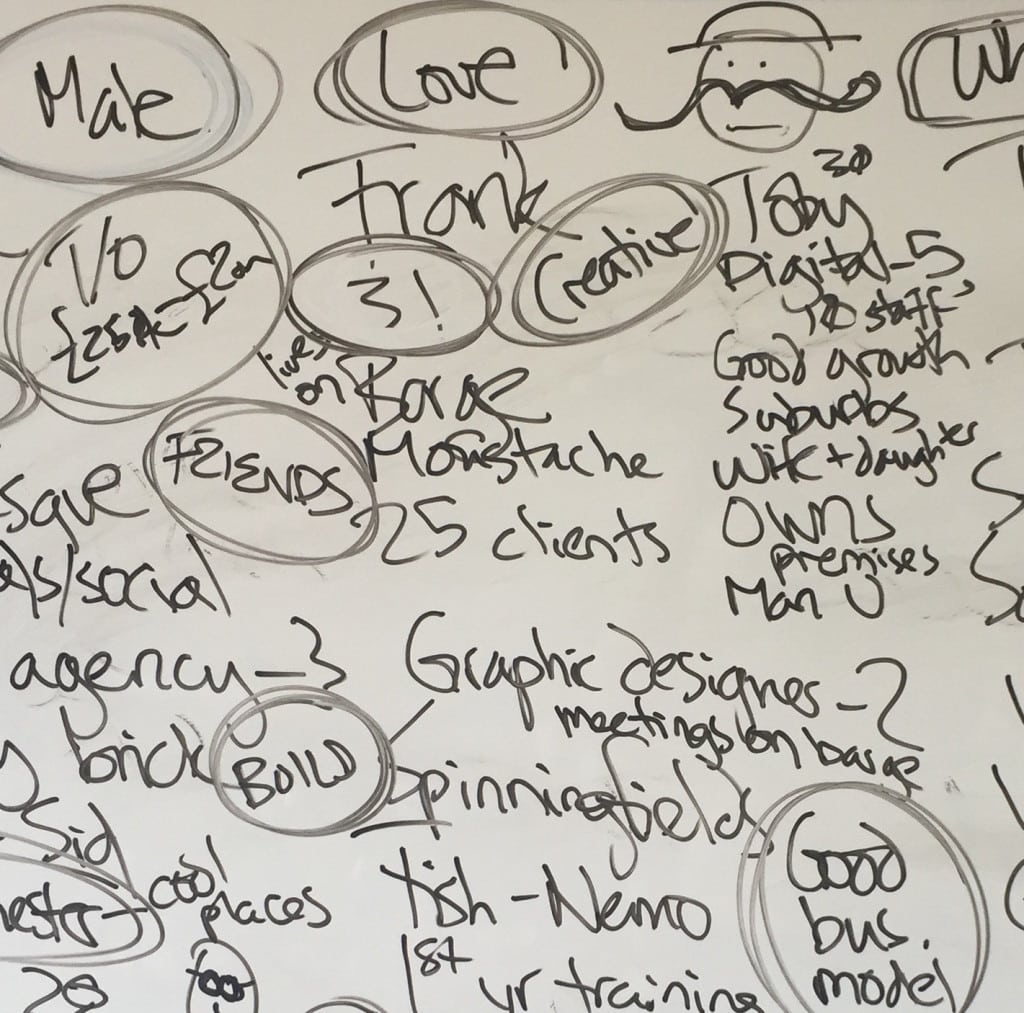When it comes to generating content for your accountancy firm marketing, generic doesn’t work.

Simply buying in an email newsletter and putting your logo on it is not true content marketing. Hiring a freelancer to churn out 800 words on auto enrolment feels like a success, but your content could sound like everyone else’s.
The true value of content marketing is not merely the content that you share: it’s the personality, the ‘twist’ that is yours and yours alone.
For example, I am hardly the only person out there telling you about content marketing. I’m not even the only one who has something to say on content marketing for accountants. But the difference in Profitable Firm content is how it is integrated entirely with what we do, how we serve, our personality and attitude.
It’s tempting to see content marketing as the latest in a “one size fits all” marketing philosophy. But, like most shortcut solutions, generic content fits nobody. (Or if it does fit, it doesn’t do that very well.)
Address the issues your niche faces
So, your first step in content marketing was to recognise that a niche is critical for your accounting firm marketing. You even identified an industry, specialty, or focus area for your firm. (For purposes of simplicity, we’ll call all of these a niche.)
The next step is to address the issues that your niche faces.
Say for example your chosen niche is overseas owners of UK property.
What is it that is most difficult for them? What bothers them, troubles them, makes life or business or property ownership a challenge? What are they typing into Google when they’re frustrated?
Why is it, in short, that drives them to come looking for you?
In discovering your niche’s issues, consider how any of these apply to your niche:
- Passions
- Problems (particularly unsolved problems)
- Fears
- Wishes
- Talents
- Worries
- Interests
- Location
- Method of solving problems
- Unsolved
One of the ways you can do this is by telling a story about a classic type of person (or business) in this category. It can be a real person, or a composite.
This is one of the steps we follow in our Customer Journey website process. With your whole team, we develop composites of your ‘ideal customer’, right down to the name, hobbies, and how many children they have. (One of our clients had a 31 year old named Frank, with a fish named Nemo. We had to draw the conversation back when Frank started taking Nemo out for walks in the local river, using a special lead.)

Now that you know what issues Frank faces, how do you help him?
Identify content you already have that is relevant to these issues
The next step is, surprisingly, not to dash out and create hand-hewn content from the local content marketing quarry.
Stop and look around in your own quarry. What do you have that might be relevant to the issues that Frank (or your chosen market) faces?
The most important thing is that when I encourage you to look for existing content, it must be yours. Unique. Owned. Prepared and even written by you or your team.
Why? Because otherwise you’re merely repurposing that generic content we talked about at the beginning – and your audience will be wise to it.
Look for existing content in these places:
- Emails you’ve written to clients or strategic partners
- Presentations written or given
- Conversations held at team meetings
- Notes scribbled down at conferences, events, workshops (I’m willing to bet you have thousands of these pages filed away somewhere)
- Great ideas that were never implemented
Any of this can be extremely valuable content that can be reformatted and presented in a way that is much more appealing to your audience than a snapped photo of a post-it note.
By the way, if you don’t have any of this kind of raw content, don’t despair. For many of our clients it’s as simple as a half hour phone call for you to start sharing all the things you would tell this client or that contact in relation to their problem. We take notes, gather a bit more information to flesh it out, and lo and behold you’ve got some new content.
Format your content in a variety of ways
So, you know the issues your audience faces. (You know how troubled Frank is about providing for Nemo.) You’ve scrounged (or gotten help with) some valuable content in an extremely rough format.
Now, it’s time to take that content from raw material to marketing-ready content.
Think about the characteristics of this audience. How do they work? What do they use? What is of most interest to them, most helpful to them in order to digest this content?
We’ve got a whole list of 27 content formats you can consider (download it here). Some examples are:
- Blog post
- Webinar
- Recorded video
- Podcast
- Infographic
- Interactive questionnaire
- Ebook
Next week, we’ll talk about branding, and good design versus great design, in relation to your content.
And we’ll also cover it all in our Content Marketer programme for accountants. Register here.
